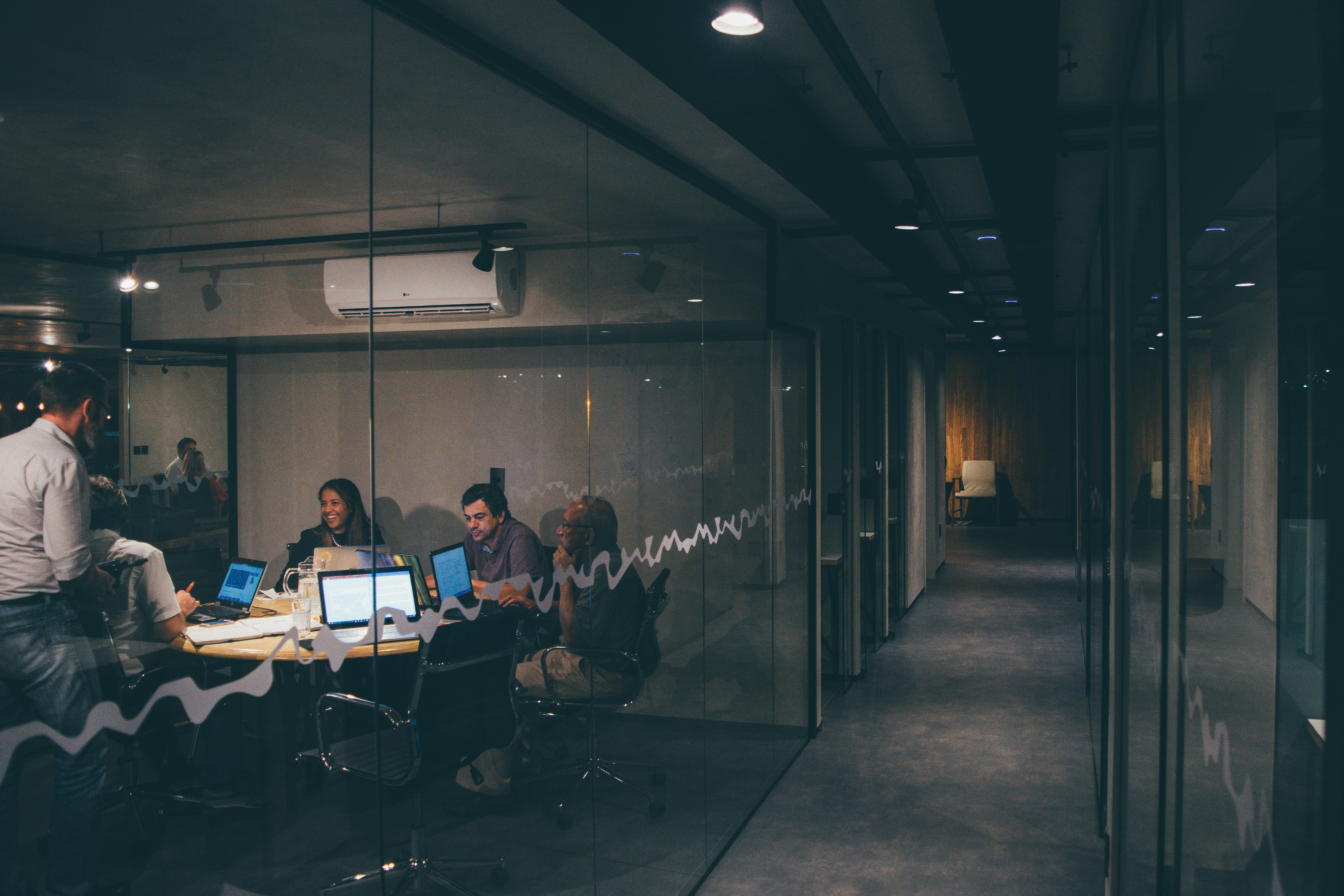Top Web Design Trends to Watch in 2025
Web design in 2025 is more immersive, responsive, and human-centered than ever before. This article explores top trends like AI-enhanced personalization, bold typography, animated interactions, and minimalist layouts. Whether you're refreshing your portfolio or launching a brand site, these trends will help your designs stay modern, engaging, and conversion-focused.
Jun 16, 2025
Top Web Design Trends to Watch in 2025
The web never stops evolving—and neither do the expectations of its users. In 2025, web design is not just about looking good; it’s about creating experiences that feel intuitive, responsive, and personalized.
Whether you’re a freelance designer, agency creative, or startup founder, staying on top of design trends is key to keeping your work fresh and future-ready. Here are the most impactful web design trends to watch (and try) this year.
1. AI-Powered Personalization
AI isn’t just powering tools behind the scenes—it’s now shaping front-end experiences. From dynamically changing content based on user behavior to adaptive interfaces that respond to time of day or previous visits, personalized UX is becoming the standard. Sites that feel tailored are more likely to convert, engage, and retain.
How to use it: Integrate personalized greetings, suggest content based on user history, or show location-based content using simple AI rules or third-party tools.
2. Bold, Expressive Typography
Typography is taking center stage—literally. Designers are using oversized, kinetic, and expressive type to convey emotion and guide attention. Custom fonts, variable typefaces, and dynamic letter animations are all part of this movement.
Why it works: Big type grabs attention fast, communicates brand tone, and adds visual interest without needing lots of imagery.
3. Micro-Interactions & Scroll Animations
Tiny, purposeful animations—like button hover effects, scroll-triggered reveals, or loading transitions—create delight and enhance usability. These micro-interactions help guide users through a site subtly, while making the experience feel alive.
Use with care: Keep motion subtle, fast, and purposeful. Avoid over-animating, which can overwhelm or distract.
4. Minimal Layouts with Purposeful Whitespace
Minimalism isn’t going away—in fact, it’s evolving. 2025 minimalism is all about clarity, breathing room, and intentional design. Generous spacing, soft color palettes, and clean grid systems make content easy to scan and elevate the overall feel of a website.
Bonus: Minimal layouts load faster, which is great for SEO and mobile users.
5. Dark Mode & Soft Contrast Themes
Dark mode has shifted from a nice-to-have to a mainstream feature. But instead of pure black and white, designers are opting for soft contrast themes—deep charcoals paired with muted hues—for a more elegant and eye-friendly feel.
Design tip: Test legibility carefully in dark mode and avoid neon or overly saturated colors against dark backgrounds.
6. Accessible & Ethical Design
Web accessibility isn’t a trend—it’s a necessity. But in 2025, it’s also a design priority. More creators are building with contrast, keyboard navigation, ARIA labels, and inclusive content in mind from day one. Ethical design also means avoiding dark patterns, improving loading speed, and respecting user privacy.
7. 3D & Real-World Textures
While flat design still dominates, subtle 3D elements—like shadows, floating cards, and tactile textures—are making a comeback. These touches add realism and a sense of depth, especially in product-focused or portfolio sites.
Framer tip: Use scroll speed, depth, and parallax effects sparingly to add dimension without bogging down performance.
Future-Ready Design Starts Now
Designing in 2025 means balancing clean aesthetics, fast performance, and meaningful interactivity. Whether you're building a startup landing page or updating your creative portfolio, these trends will help you create experiences that feel current and compelling.
Looking to get a head start? Our free Framer templates are built with these trends in mind—minimal, responsive, and optimized for real-world use. Try one and bring your next idea to life faster.
Join the newsletter
Be the first to read our articles.




